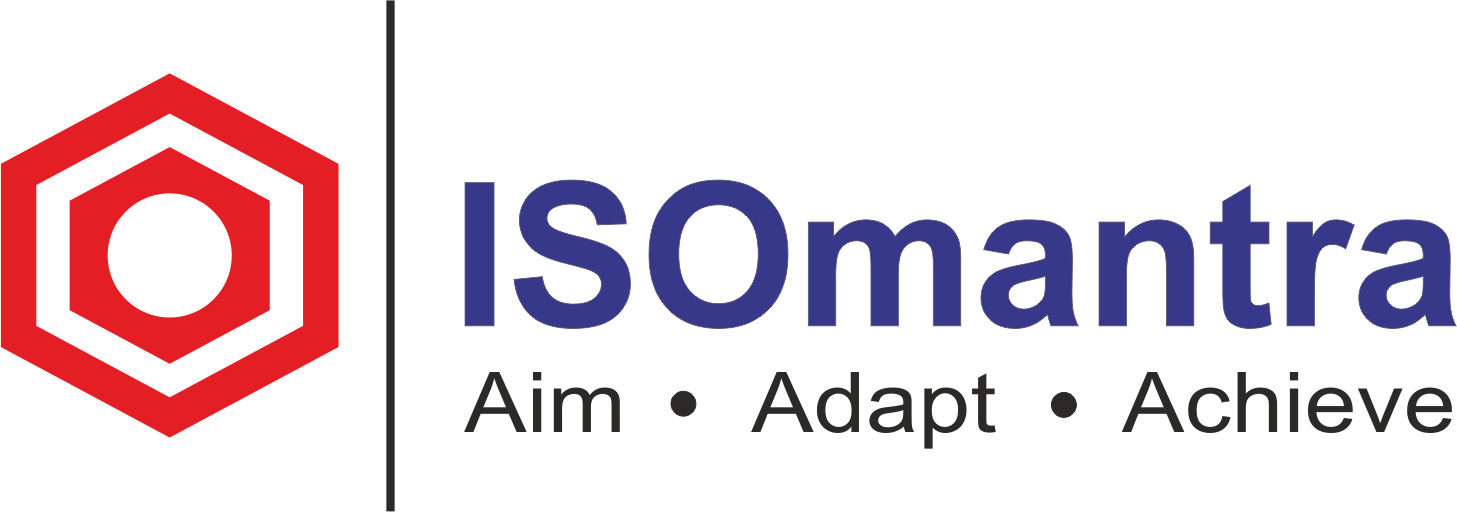
BCM (alternatively spelled Business Continuity Management) is a framework for determining an organization’s susceptibility to internal and external threats. It is classified as business continuity management.
BCM must ensure that critical functions and day-to-day business operations are maintained to the best of its ability in order for the organisation to respond effectively to threats such as natural disasters or data breaches.
It is important to recognise the critical nature of business continuity and readiness requirements, as well as the importance of establishing enterprise continuity policies and objectives, in order to effectively manage business continuity and readiness.
In order to effectively manage an organization’s overall continuity risks, it is necessary to implement and operationalize controls and measures.
The performance and effectiveness of the business continuity management system are monitored and reviewed on a regular basis.
Improvement that is guided by objective metrics is ongoing.
The following are the three primary components of business continuity management: planning, preparation, and response.
- Create a Crisis Management Plan.
When a crisis occurs, a Crisis Management Plan is developed to establish critical communication channels for ensuring employee safety, providing initial information and direction, and organising ongoing actions.
- Make an emergency preparedness and disaster recovery plan (IT)
“Disaster Recovery Plan” refers to the procedures that must be followed in order to restore mission-critical information technology (IT) systems and applications that support mission-critical business processes when a disaster strikes.
- Plans for the Resumption of Business
Business resumption plans are customised for each critical business function and detail the specific steps that must be taken in order to restore each process to normal operation (e.g.. payroll).
An organization’s business continuity management system (BCM) must be dependable in order to maintain compliance with both internal and external stakeholders. It is also essential if your company maintains a database containing sensitive customer information.

